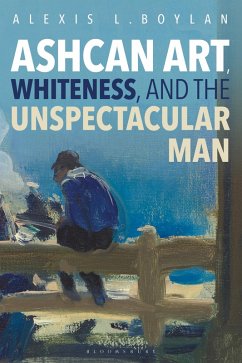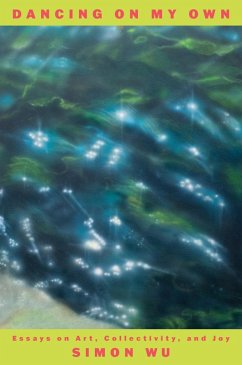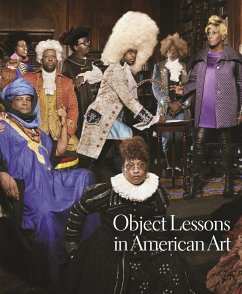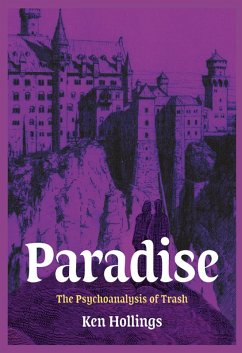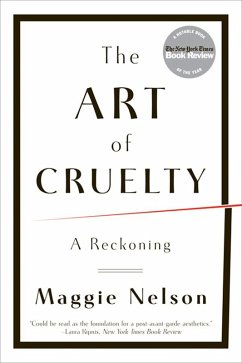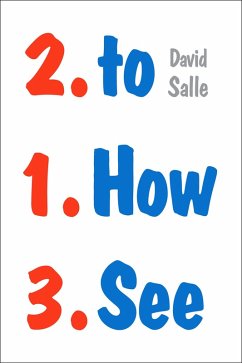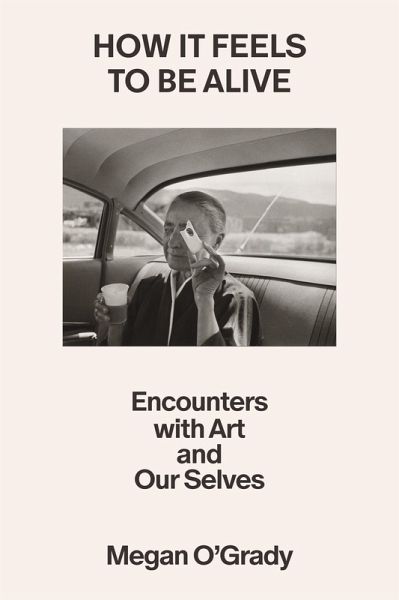
How It Feels to Be Alive (eBook, ePUB)
Encounters with Art and Our Selves
Erscheint vor. 21.04.26
11,95 €
inkl. MwSt.
Unser Service für Vorbesteller - dein Vorteil ohne Risiko:
Sollten wir den Preis dieses Artikels vor dem Erscheinungsdatum senken, werden wir dir den Artikel bei der Auslieferung automatisch zum günstigeren Preis berechnen.
Weitere Ausgaben:

PAYBACK Punkte
6 °P sammeln!
A vital testament to how art makes us who we are-and offers new ways of seeing our world and our lives.Barbara Kruger once defined art as "the ability to show and tell, through a kind of eloquent shorthand, how it feels to be alive." Testing that claim, How It Feels to Be Alive braids criticism with personal narrative to consider art's intimate effects and how it might help us find clarity in an uncertain world.When Megan O'Grady was a teenager, she saw a photograph in a museum that changed her life. At the end of an early marriage, art stoked new ways of thinking about connection and transfor...
A vital testament to how art makes us who we are-and offers new ways of seeing our world and our lives.
Barbara Kruger once defined art as "the ability to show and tell, through a kind of eloquent shorthand, how it feels to be alive." Testing that claim, How It Feels to Be Alive braids criticism with personal narrative to consider art's intimate effects and how it might help us find clarity in an uncertain world.
When Megan O'Grady was a teenager, she saw a photograph in a museum that changed her life. At the end of an early marriage, art stoked new ways of thinking about connection and transformation. As a new parent, it guided her to confront vulnerability and shame. Whether seeking a home or contending with crises personal, political, and ecological, art was a critical lifeline, a source of beauty, solace, and provocation.
Looking closely at five artworks and the context in which each was made-often drawing on personal conversations with the artists-O'Grady examines the work's rippling impact, implicating sometimes unexpected lineages and genres. How does art expand and redirect our imaginations and attention? When bottom-line or nihilistic thinking dominates our public sphere, what meanings and alternatives does it offer? A vital call to engage deeply, to see in new ways, and to rethink all that we take for granted, How It Feels to Be Alive inspires and exhorts, providing a template to think through the knottiest problems in our culture, our selves, and the connections between the two.
Barbara Kruger once defined art as "the ability to show and tell, through a kind of eloquent shorthand, how it feels to be alive." Testing that claim, How It Feels to Be Alive braids criticism with personal narrative to consider art's intimate effects and how it might help us find clarity in an uncertain world.
When Megan O'Grady was a teenager, she saw a photograph in a museum that changed her life. At the end of an early marriage, art stoked new ways of thinking about connection and transformation. As a new parent, it guided her to confront vulnerability and shame. Whether seeking a home or contending with crises personal, political, and ecological, art was a critical lifeline, a source of beauty, solace, and provocation.
Looking closely at five artworks and the context in which each was made-often drawing on personal conversations with the artists-O'Grady examines the work's rippling impact, implicating sometimes unexpected lineages and genres. How does art expand and redirect our imaginations and attention? When bottom-line or nihilistic thinking dominates our public sphere, what meanings and alternatives does it offer? A vital call to engage deeply, to see in new ways, and to rethink all that we take for granted, How It Feels to Be Alive inspires and exhorts, providing a template to think through the knottiest problems in our culture, our selves, and the connections between the two.
Dieser Download kann aus rechtlichen Gründen nur mit Rechnungsadresse in D ausgeliefert werden.




